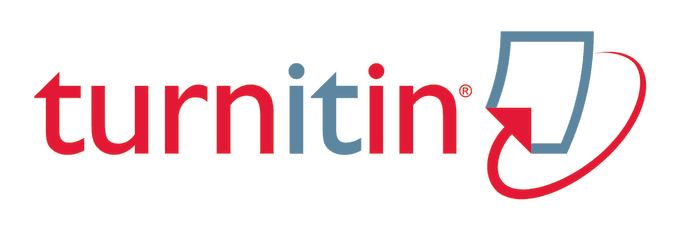Social Media and Culinary: Analysis of @jktfoodbang as A Culinary Recommendation Platform
DOI:
https://doi.org/10.37535/103003120222Keywords:
social media, Instagram, recommendations, reviews, culinary.Abstract
Social media which started as conventional media now turn into business platfom especially in culinary sector. Instagram is one of many platforms to find information about culinary. Instagram being a medium popular social media used by the public. This study discusses what manner used by account instagram @jktfoodbang in recommended users on social media in choosing restaurant. The purpose of this study was to describe how social media became the main platform for getting recommendations in choosing restaurants. This study uses qualitative methods with in-depth interview data collection techniques. The subjects of this study were three informant ranging in age from 18-29 years old, actively using Instagram, having experience by using social media for recommendation and following the @jktfoodbang account. The results in this study is Instagram is the main recommendation in deciding or choosing a restaurant compared to other platforms. In addition, in the comments column there is a review of the food or beverage photos so that users can more easily assess the restaurant before visiting it. Taking photos of food or beverages is conducted in a way that prioritizes the aesthetic value by using a professional camera. This strategy attract users interested because the food uploaded on the account uses attractive visuals. All photos of food and beverages completed with informative caption. Instagram users can more easily get information from information and locations tagged on the photo.
References
Downloads
Published
Issue
Section
License
Copyright (c) 2022 Maulani Mulianingsih, Farah Nabila, Gadis Fairuz Iftikhar

This work is licensed under a Creative Commons Attribution 4.0 International License.
Copyright rules apply for the articles that are featured in COMMENTATE: Journal of Communication Management
- COMMENTATE: Journal of Communication Management holds the right to be the first to publish the article.
- Authors will still be the copyright holder for their articles published on COMMENTATE: Journal of Communication Management and can use it freely as long as it does not violate the rules.
- Papers featured on COMMENTATE: Journal of Communication Management are under the Creative Commons Attribution 4.0 International License. Further details can be access on Open Access Policy.









